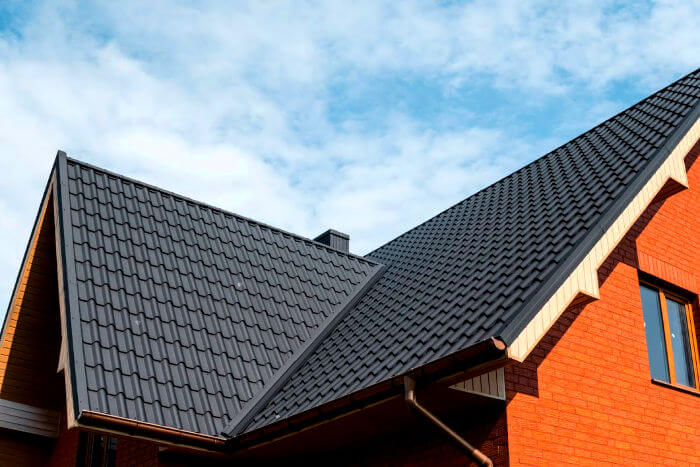Water Will Locate a Method
Water marks on a ceiling, or worse, dripping water, may have you worried that your entire roof remains in tatters. But even if there's a leakage doesn't suggest your roof covering will need a substantial amount of fixings. Occasionally stopping it is as basic as loading a split with caulk, replacing a couple of tiles, or installing some flashing-- a membrane layer or layer of steel that supplies a mechanical obstacle to redirect water at corners, gaps, spaces, as well as other spots at risk to dripping.
Dropped tree arm or legs, hail, and also also wind can loosen up or eliminate tiles. Damaged blinking is another common culprit. Even rubberized boots around plumbing pipes, or with incorrectly installed dish antenna or photovoltaic panels can cause separated leaks. To establish what sort of leakage you have actually hopped on your hands, initially attempt to trace it to its origin.
Seeking Leakages
It's most convenient to locate a leak when it's drizzling outside. Remember that water usually accumulates at a place that's different where it's going into-- it typically runs down the length of a rafter or stud and also just drips once it reaches a nadir.
In an unfinished attic room, the framework is visible, so simply start at the leak and look along the size of any type of timber mounting that results in that point, to see if you find a path of water that comes from higher up on your roofing. In a finished attic room, you'll require to utilize a portable tool called a jab attended cut away any type of drywall that blocks your sight. As soon as you think you've discovered the origin, look at top of the roofing system (you can do this safely from the ground with a set of binoculars) to see if you can recognize any type of obvious offenders, like missing tiles, or worn out flashing near a Montclair Roofers smokeshaft.
If you can't situate the leak yourself, a qualified roofer can carry out an inspection and make referrals regarding whether repair service or substitute is required. Also if you're able to situate your own leakage, you'll want to leave the repair work work to a pro-- climbing up onto your roof covering with a high extension ladder is a harmful task. Many leaks can be stopped if they're limited to a few places. If, nevertheless, you're experiencing reoccuring leakages, and also your roofing system is out of guarantee, it may be time for a new roofing system. The money you would spend on several short-term repairs is most likely much better applied to a brand-new roofing system with a prolonged service warranty.
Other Warning Signs
You do not have to wait for leakages to appear before you consider repair services to your roofing, though. Missing out on, harmed, or crinkling roof shingles can all be indicators of leakages to come. And also http://www.bbc.co.uk/search?q=Montclair Roofing the age of your roofing system itself can be an overview-- property owner's insurer usually assume an asphalt tile roofing will last about two decades, as well as some insurance firms won't provide protection if your roofing system is older than that. If your roof was put on by the previous owner of your home, a roofing contractor or a qualified residence examiner can typically provide a harsh quote of the age, based upon the condition of the roof shingles.
Also without leaks or noticeable indications of damages to the roof covering, it can make sense to replace an out-of-warranty roof covering that's greater than 20 years old. That's Montclair Roofing contractors because as soon as a leak creates, it can do serious damage to the timber sheathing below the roof shingles. And if that sheathing comes to be warped or deteriorated, changing it can add numerous thousand bucks to the general expense of your new roof when you do get around to replacing it. The picture below shows the different layers associated with a common roofing system.
Insurance Insurance coverage
Prior to you employ any person to work on your roof covering, call your home owner's insurance company to examine your deductible as well as insurance coverage for roof fixings or substitute. You'll want to weigh your out-of-pocket prices versus the expense of changing your roof covering totally. Take into consideration any resulting rise in your costs also-- it might make more sense to simply cover the cost on your own.

Usually, house owner's insurance coverage might cover, or contribute towards, the repair service of isolated leakages, yet will not cover the expense of replacement. A lot of insurance companies will send an insurer to supply an estimate for the repair service, and also plans usually cover fixings to the roof, in addition to any type of damages to the framework, drywall, or flooring that results from a dripping roof. If you do obtain a payout from your insurance provider, you can use that cash to make the details fixings, or apply it toward the cost of an overall substitute.